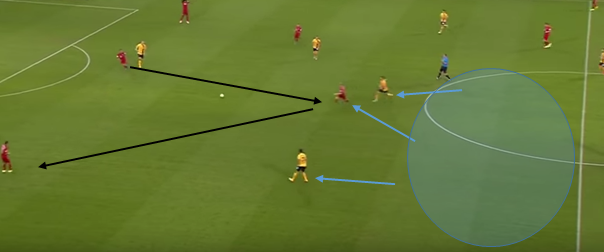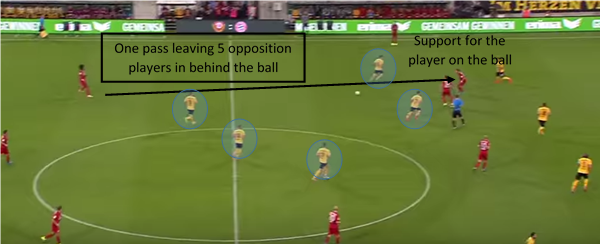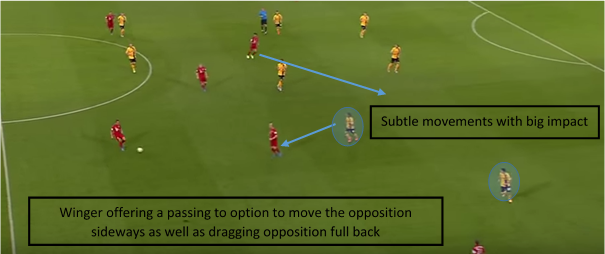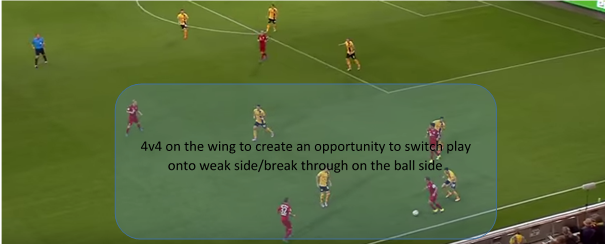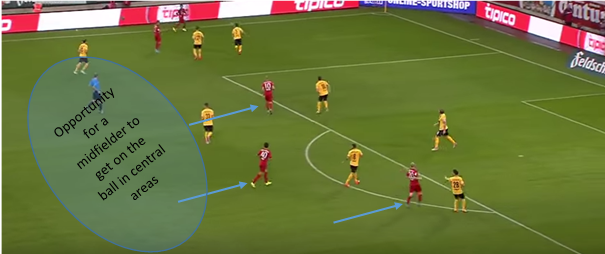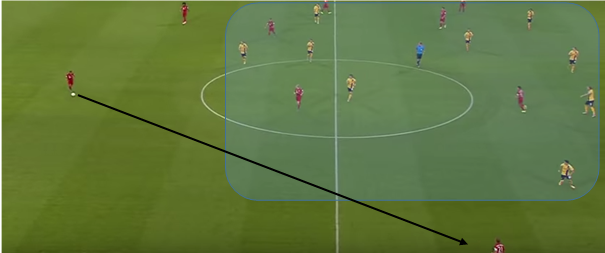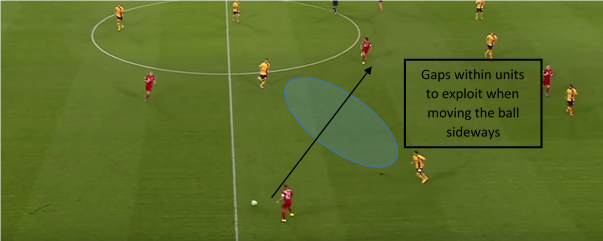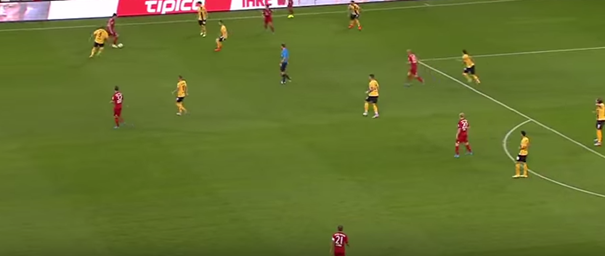By Alex Trukan
Since the successes of the teams like FC Barcelona and Spanish national team in the recent years, many teams were trying to adapt ‘possession’ football approach. It has been widely used, however at the same time, widely misunderstood. The ‘tiki-taka’ style started to be played for the sake of it, and not as a mean to an end. As Pep Guardiola has put it: ‘I loathe all that passing for the sake of it, all that tiki-taka. It's so much rubbish and has no purpose. You have to pass the ball with a clear intention, with the aim of making it into the opposition's goal. It's not about passing for the sake of it…In all team sports, the secret is to overload one side of the pitch so that the opponent must tilt its own defence to cope. You overload on one side and draw them in so that they leave the other side weak.’ Following current Bayern Munich manager, every pass and movement of the players has to have an intention to move the opposition in order to penetrate forwards and progress towards the opposition goal.
Vertical passes and movements
Passes in the direction of both goals are the most rewarding and dangerous as they can ideally break through the opposition’s unit or at least move the players to create gaps between the lines and in behind units. One of the examples involves a central defensive midfielder coming deep to bounce the ball off the centre backs, at the same time, dragging the opposition central midfielder with him.
Vertical passes that break through opposition units are often forgotten but crucial trait of central defenders. Immediate support for the player receiving the ball is also important as he will often find himself outnumbered by opposition defenders. These kind of passes are very useful especially when the opposition plays in a formation with flat lines.
Movement off the ball is essential requirement to make it work. It can involve one player moving into space ‘between the lines’ or a cooperation between two or three players leading to forming a gap. It is therefore, both movement of the ball and movement of players that creates spaces and moves the opposition players.
Creating overloads to switch play
When the ball is wide areas, the opposition will obviously move to the ball side to protect the goal. However, that won’t necessarily mean that the weak side will be open. In order to make sure it happens, the team in possession might overload ‘ball side’ with more players what will drag the opposition players with them and leave more space on the opposite side.
Overloading to switch play doesn’t always mean movement of the players towards the ball. The other option when the ball is on the wings, are the forward runs of the midfielders into the penalty box what will flatten up the defensive and midfield lines of the opposition and create room for midfielders to get on the ball and switch play. At the same time, having players in the box opens up an opportunity for a cross as well.
As we can see below, quick switch of play to the other side after overloading the ball side, will create 1v1 on the weak side and open the option to play forwards. The narrower the opposition defends, the longer it will take them to move as the ball travels.
It is crucial that players have in mind that every horizontal (sideways) movement of the ball is aimed at creating gaps between the opposition players and progressing forwards. The pockets of spaces to go forwards often arise on the weak side wing, between wide and central midfielder.
[wpsharely id="2988"][/wpsharely]The danger of that approach is when the opposition tries to close you down on one side, preventing midfielder turning and playing to the opposite side/forwards. In this situation, it would be often a case of playing backwards first to then go forwards/sideways or trying to go the ‘strong side’ to break through using combination play.
From the early stages, players should understand that every movement on the ball and off the ball should have a team based tactical aim. Therefore, when a player moves and gets on the ball it is only a mean to an end which is progressing forwards (penetration) and scoring.
By Alex Trukan, Development Coach, Nottingham Forest
@AlexTrukan

